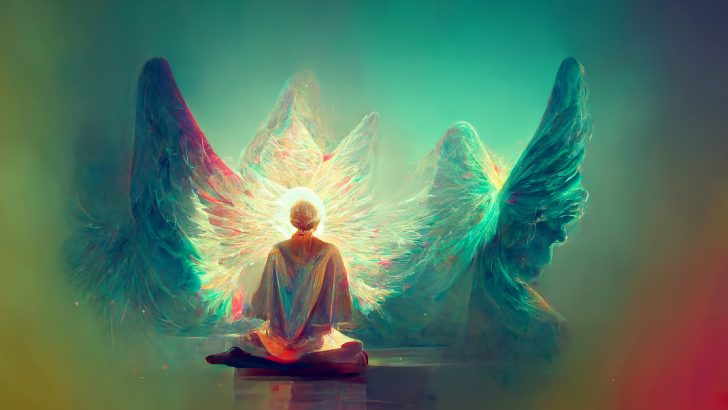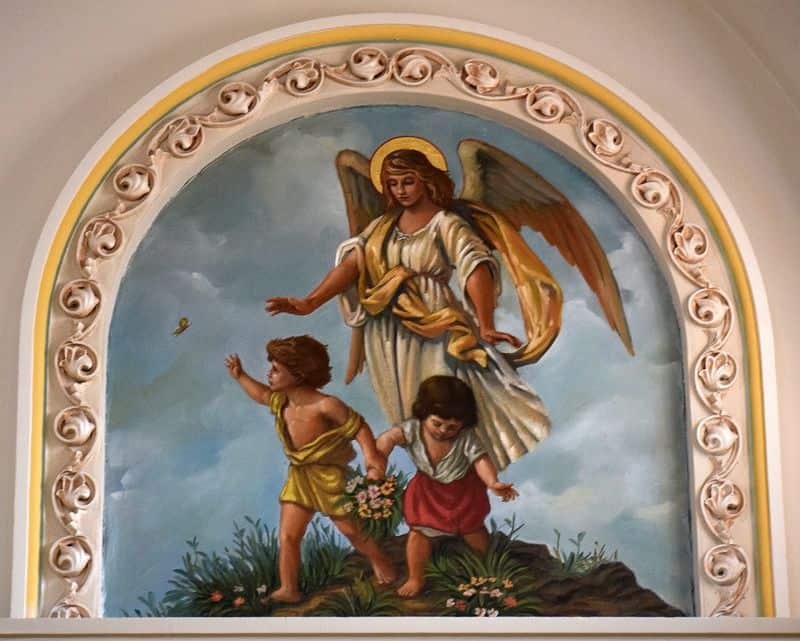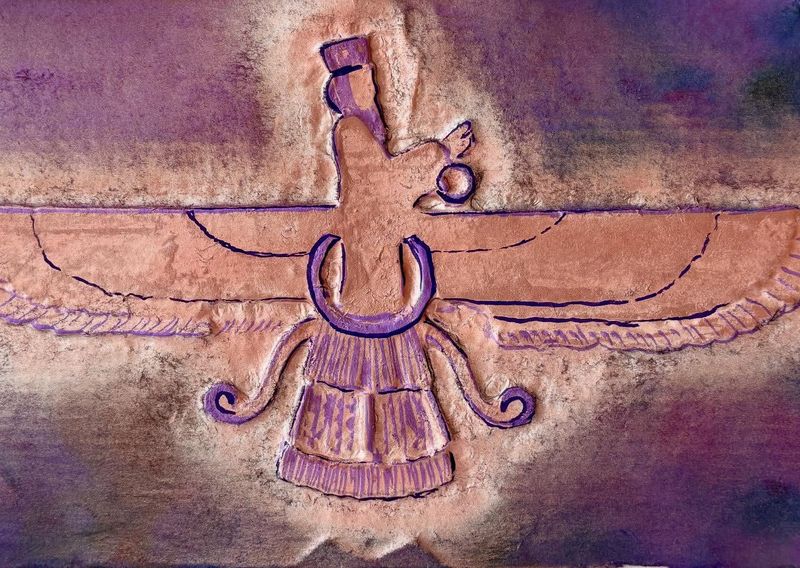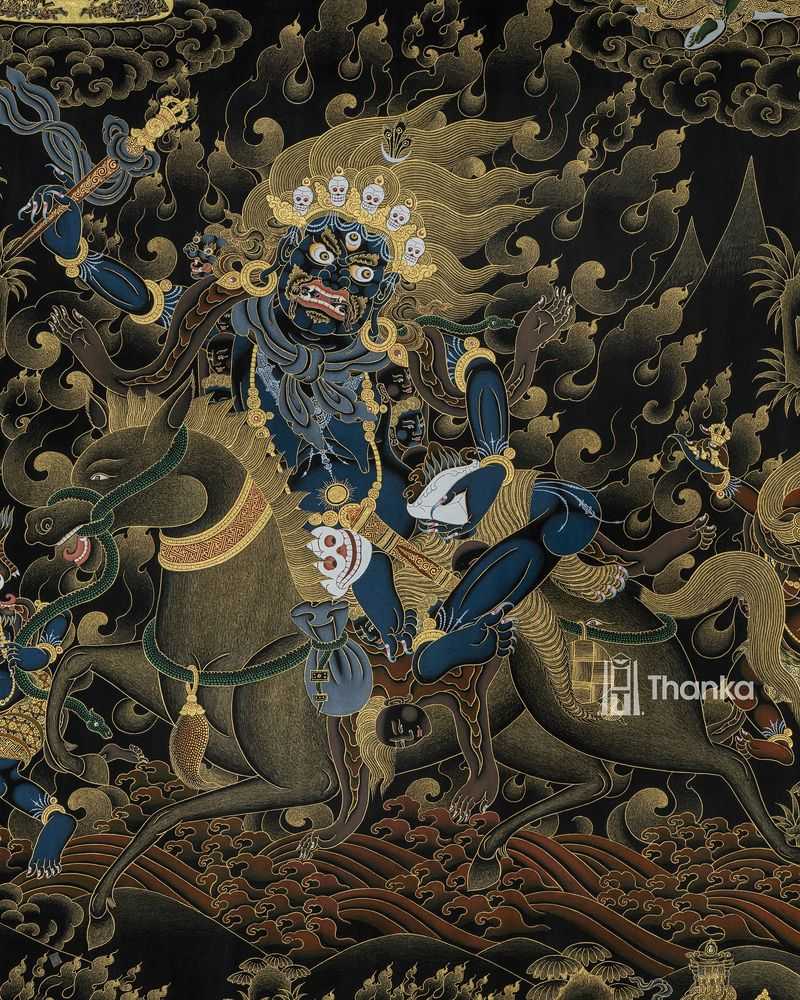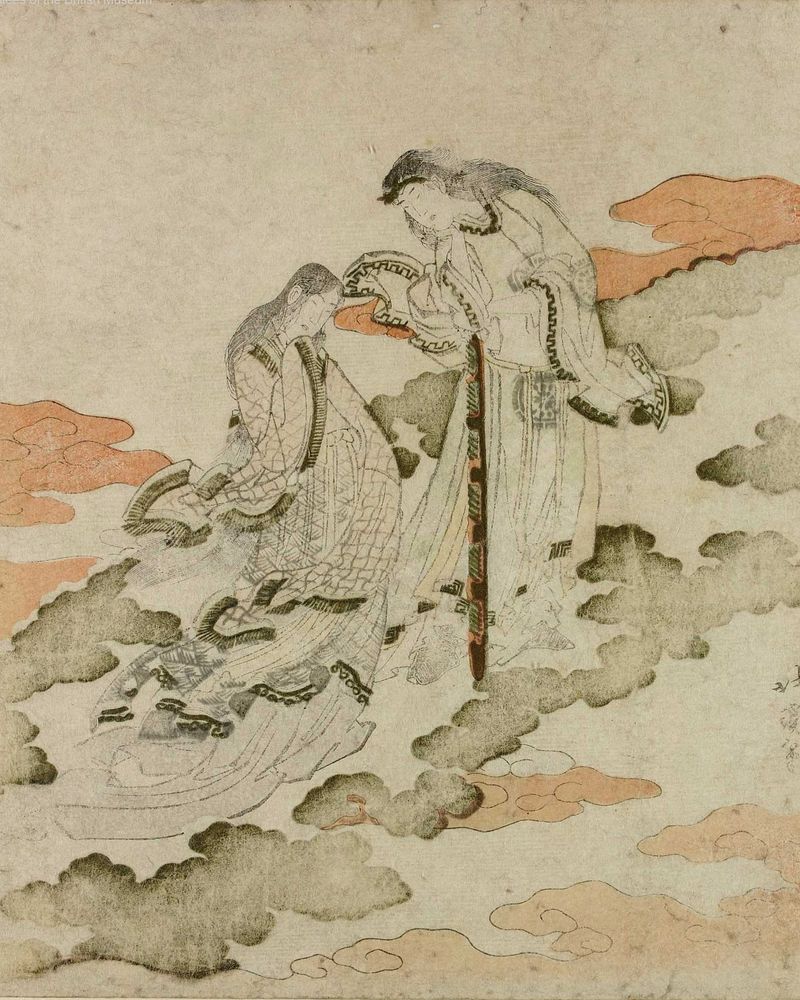Guardian angels have fascinated people across cultures for thousands of years. These protective spiritual beings appear in different forms depending on where you look around the world.
From winged messengers to animal spirits, the idea that someone or something is watching over us seems to be a comfort many humans share.
1. Catholic Guardian Angels
Every Catholic child learns they have a personal heavenly protector assigned from birth. These celestial companions not only shield from physical danger but also whisper guidance during tough moral choices.
The Catholic Church celebrates Guardian Angel Day on October 2nd, when believers thank their invisible protectors. Parents often teach children a special bedtime prayer asking for nighttime protection.
Unlike other angelic beings with specific cosmic duties, guardian angels in Catholicism focus solely on their human charges. Some Catholics believe these angels can be sensed through unexpected coincidences or that feeling of being mysteriously steered away from harm.
2. Islamic Mu’aqqibat Angels
Muslims believe each person has not one but two guardian angels called Mu’aqqibat. These dutiful recorders sit on your shoulders – one on the right noting good deeds, one on the left recording mistakes.
What makes these Islamic guardians unique is their constant documentation of human actions. They never sleep or take breaks from their divine assignment.
The Quran mentions these angels who work in shifts, rotating between day and night duties. Many Muslims find comfort knowing these angels also offer protection from unseen dangers and evil influences, creating a spiritual shield around believers who maintain their prayers.
3. Native American Spirit Guides
Among many Native American tribes, guardian spirits often take animal forms that reflect personal qualities or life lessons. These spirit guides appear through dreams, visions, or meaningful encounters in nature.
A bear spirit might offer strength during hardship, while an eagle guide provides clarity and broader perspective. Unlike angels in Western traditions, these guardians must be discovered through personal spiritual journeys or vision quests.
The relationship between person and spirit guide grows stronger through ceremonies, prayers, and living in harmony with nature. Many Native Americans create physical representations of their guardian spirits through artwork, totems, or ceremonial objects to honor this sacred connection.
4. Zoroastrian Fravashi Guardians
From one of the world’s oldest religions comes the concept of Fravashi – guardian spirits that exist before birth and continue after death. Followers of Zoroastrianism believe these pre-existing souls choose to be born into physical bodies.
Your Fravashi represents your highest potential and purest self. It guides moral choices while protecting against evil forces in the ongoing cosmic battle between good and evil.
Ancient Persians depicted Fravashi as winged figures with human faces. Modern Zoroastrians still honor these guardians during special festivals where families remember ancestors and acknowledge their continuing spiritual presence and protection.
5. Buddhist Dharmapalas
Fierce-looking but deeply compassionate, Buddhist Dharmapalas stand guard over spiritual practitioners and sacred teachings. These wrathful protectors appear intimidating with multiple arms, fierce expressions, and sometimes animal features.
Don’t be fooled by their scary appearance! Their frightening looks symbolize their power to cut through ignorance and defend against negative influences that block enlightenment.
Popular Dharmapalas include Mahakala (Great Black One) and Palden Lhamo, a blue-skinned female guardian riding a mule. Tibetan Buddhists create detailed paintings of these guardians for meditation focus, believing their protective energy transforms obstacles into opportunities for spiritual growth.
6. Japanese Shinto Kami
In Japan’s ancient Shinto tradition, guardian spirits called kami inhabit everything from mighty mountains to humble kitchen stoves. Unlike distant heavenly beings, these nature spirits live alongside humans in the physical world.
Family guardian kami protect households and bring good fortune when properly honored. Many Japanese homes feature small shrines where offerings of rice, sake, or fresh flowers welcome these protective spirits.
Inari, fox-spirit guardians of rice fields and prosperity, remain among the most beloved kami. Their messenger foxes (kitsune) appear in stone statues outside thousands of shrines across Japan, where business owners pray for protection and success.
7. Hindu Ishta-Devata Protectors
Hindu devotees often develop personal relationships with a chosen deity who serves as their guardian throughout life. This special protector, called an Ishta-Devata, matches the devotee’s spiritual needs and personality.
Ganesha, the elephant-headed remover of obstacles, watches over new beginnings and creative pursuits. Hanuman, the monkey god of strength and devotion, protects those facing physical challenges or requiring courage.
Unlike assigned guardians in other traditions, Hindus actively choose their divine protectors through prayer, meditation, and inner guidance. Many believers wear amulets featuring their personal guardian deity or keep small shrines at home where daily offerings maintain this sacred protective connection.

